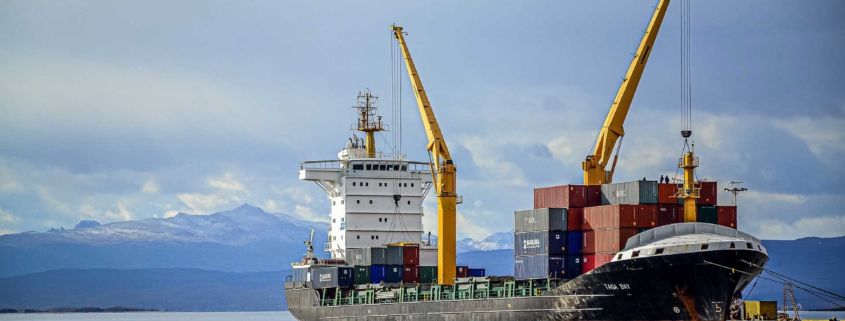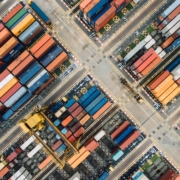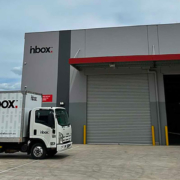Ocean freight
More than 90 percent of the goods transported in the world are carried by ocean freight.
Businesses that deal with international shipments are always faced with the dilemma of choosing between Ocean freight and Air freight. Although the two serve the same purpose, they are poles apart in multiple ways. Choosing to use one over the other boils down to a significant difference in cost and time.
Why should you choose ocean transport?
First of all, the ocean shipping industry offers the most competitive freight costs to shippers, especially over long distances.
Moreover, no matter the size of your shipments, sea freight companies can usually accommodate your needs. Smaller shipments can be grouped together with other cargo to fill a container, allowing for cost-sharing of the transportation services. Larger cargo can fill one or more containers.
Full Container Load (FCL) or Less-than-Container Load (LCL)
A FCL shipment is used when a shipper bears the cost of the entire container and uses it exclusively for a single shipment, even if they do not have enough goods to fill it up. On the other hand, an LCL shipment means shippers share the containers with other shipments and only need to pay for the space used.
While FCL may be cheaper than LCL, the latter may be a better option for smaller shipments. It is widely considered to be the future of logistics as the rise in e-commerce has contributed to a growing trend of ad-hoc and lower-volume shipments.
Additionally, emerging markets have also shown a preference for smaller shipments. This has led to a steadily growing demand for LCL options.
Environmental impact
A very important factor that must be considered, given the global warming crisis is the carbon footprint of the company. The mode of transport that a business uses to move around its shipments is a determinant of the company’s consideration for the planet.
When compared to sea shipping, air and many other forms of transportation have much higher carbon footprints – a definite disadvantage for the environment. Ships, on the other hand, provide the most carbon-efficient mode of transportation and produce fewer grams of exhaust gas emissions for each ton of cargo transported than any other shipment method.
Transit time
Transit time on an ocean shipment usually takes from 12 days up to 50 days depending on the origin and destination.
For example, a shipment from Italy to Australia averages 45/50 days. Transit time on an air freight shipment to Australia takes 6/7 days. Make sure to consider that due to COVID, transit time has become longer. It’s better to understand there are challenges faced in all stages of the supply chain.
The actual transit time from Italy to Australia is 60/65 days via Ocean freight, 8/10 days via air freight.











